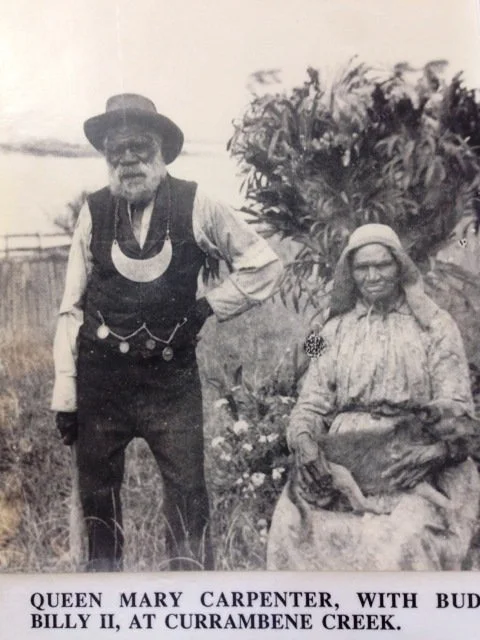1. Millers Point is not Barangaroo Point.
2. Barangaroo is not an indigenous name for it.
Keith Vincent Smith was kind enough to copy me in to a letter sent the Sydney Morning Herald 9/6/2015 and to agree to me reproducing it.
Re ‘Barangaroo’s landmark public outing looms large’, SMH Editorial June 6-7, 2015.
As curator of the MARI NAWI: Aboriginal Odysseys exhibition at the State Library of New South Wales and author of the history of the same title (Rosenberg 2010), I should be flattered by the suggested names of Nawi Cove and Marrinawi Cove at ‘Barangaroo’ or Darling Harbour.
I prefer the original names given to these places by the Indigenous people of coastal Sydney (Eora). None of the proposed names are appropriate and they are disrespectful to Aboriginal people past and present, whose placenames have been ignored.
The proposed ‘Barangaroo Point’, formerly Millers Point, is named Ilkan maladul by the linguist marine Lieutenant William Dawes on a sketch map inside the front cover of his first language notebook, dated to 1790. The Aboriginal placename for Long Cove, now Darling Harbour, appears as‘Go-me-ra’, while ‘Gomerigal.Tongarra’ is given as a ‘Tribe’ (clan) in the semi-official vocabulary kept by Governor Arthur Phillip and his aides (Vocabulary of the language of N.S. Wales in the neighbourhood of Sydney (Native and English, but not alphabetical)’.
Both notebooks are kept at the School of Oriental and African Studies in London. In his despatch to Lord Sydney on 13 February 1790, now in Britain’s National Archives at Kew, Phillip listed ‘Gomerrigal’ with ‘other tribes that live near us’.
The Eora called their stringybark canoes nawi and gave the name mari nawi (Big Canoe) to English sailing ships, particularly HMS Sirius, flagship of the First Fleet. There is no record of the Sirius anchoring in Darling Harbour.
Bennelong, who provided these names, and his second wife Barangaroo frequented Memel (‘eye’), now Goat Island, which he claimed was his personal property, and which, wrote Judge Advocate David Collins, he had inherited from his father and would give to his friend Bigon. Bennelong was a Wangal from the south shore of the Parramatta River, while Barangaroo was a Gamaragaliang, a woman from the Gamaragal (Cameragal) of Manly and the North Shore.
Dr. Keith Vincent Smith
The journal is online here and Jeremy Steele’s online interpretation of Dawes 1790 sketch map is here..




















